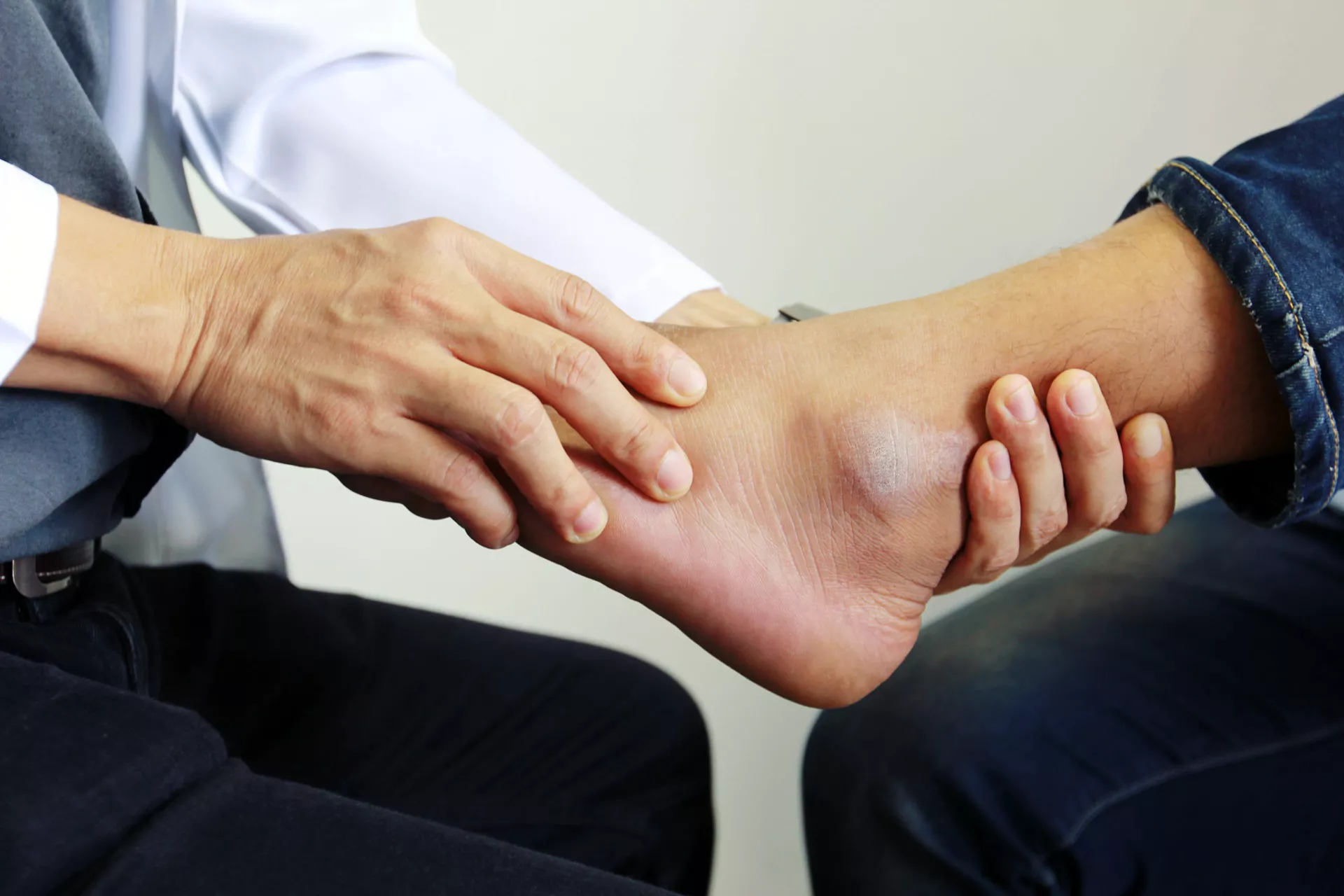
Common Foot and Ankle Conditions: The Role of Activity, Age and Sexual Dimorphism in Planning the Intervention – 03/18/2017
This course builds on our prior and current clinical and laboratory experiences and proposes additional literature informed strategies for management of common painful foot and ankle conditions. Special emphasis is placed on how the role of age, sex and desired activity level impact our planning and selection of the interventions.
Course Date & Time
March 18, 2017
8:30 am – 12:00 noon
Course Location
Kaiser Permanente Union City, Medical Office Buildings
Physical Therapy Fellowship Lab
3555 Whipple Road, Building A
Union City, CA 94587
Instructor(s)/Speaker(s)
Kornelia Kulig, PhD, PT, FAPTA, FAAOMPT (Hon)
Stephen F. Reischl, PT, DPT, OCS
Sponsored by
Kaiser Permanente Northern California Orthopaedic Manual Physical Therapy Fellowship
Target Audience
Physical Therapists
Course Level
Intermediate
Course Description
In this course we will build on our prior and current clinical and laboratory experiences and propose additional literature informed strategies for management of common painful foot and ankle conditions. We will place special emphasis on how the role of age, sex and desired activity level impact our planning and selection of the interventions. We will continue our debate framed around Recurrence of Symptoms and probe into our earlier statements that “The cessation of painful symptoms does not necessarily reflect resolution of the disease processes, and the symptoms may return. Understanding the time course of the underlying pathology, and related sign and symptoms, provides a foundation for better clinical reasoning and practice”. We will incorporate laboratory data; tie them in with technology assisted clinical assessment strategies, manual therapy and physical capacity assessments and well-founded therapeutic interventions.
Objectives
Upon completion of this class, the participant will be able to:
- Discuss the framework and comprehensive ingredients for non-surgical interventions of three common foot and ankle conditions: plantar fasciitis, heel pain and Achilles tendinopathy.
- Judiciously draw on the existing laboratory and clinical trial literature and build an argument for the selected interventions.
- Analyze the relevant task specific movement characteristics in the presence of one of the common foot and ankle conditions and draw clinical inferences for evaluation and treatment.
- Carefully consider the role of age, sex and activity level in planning the interventions.